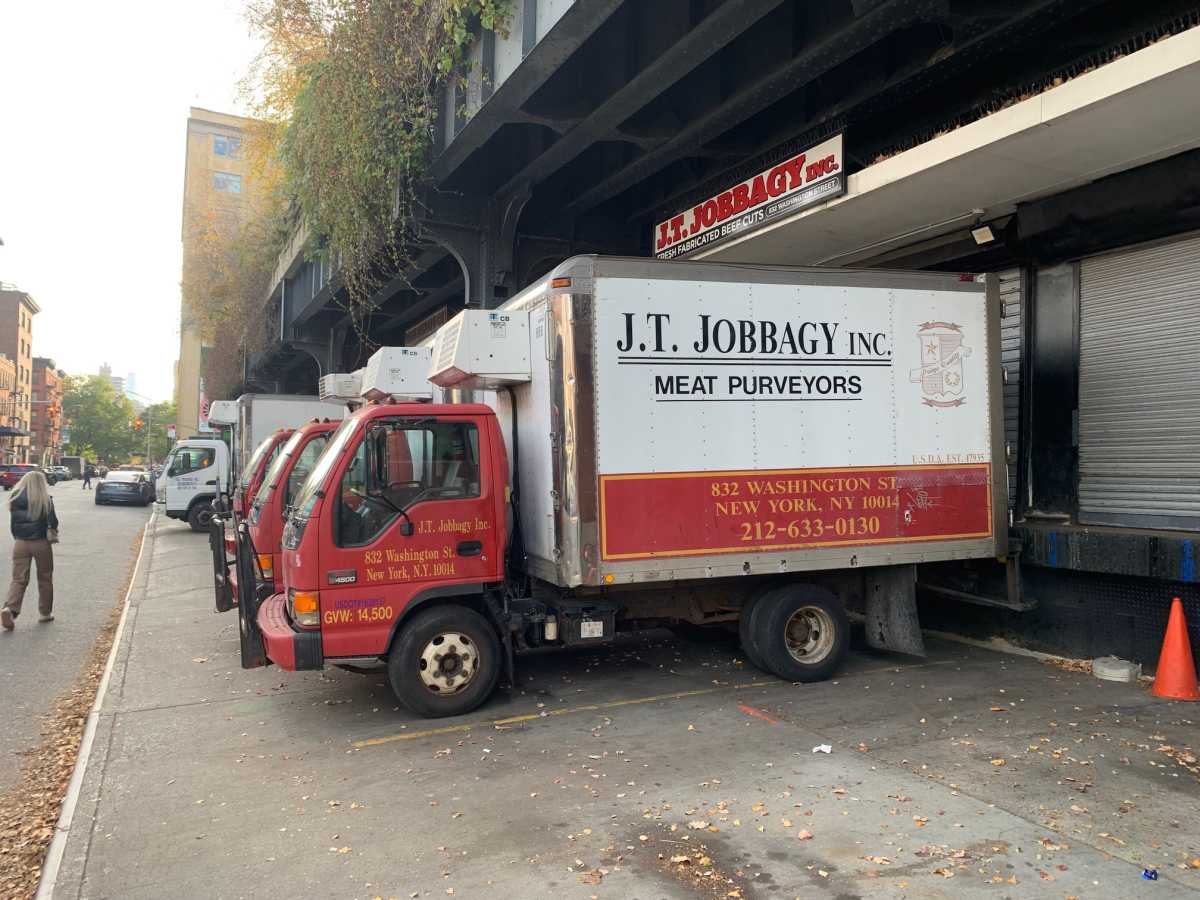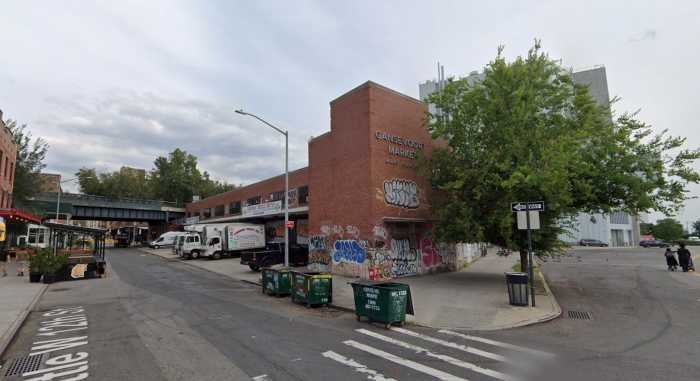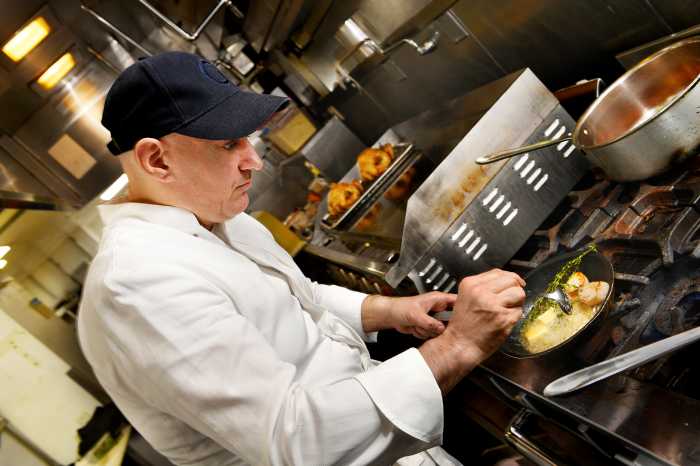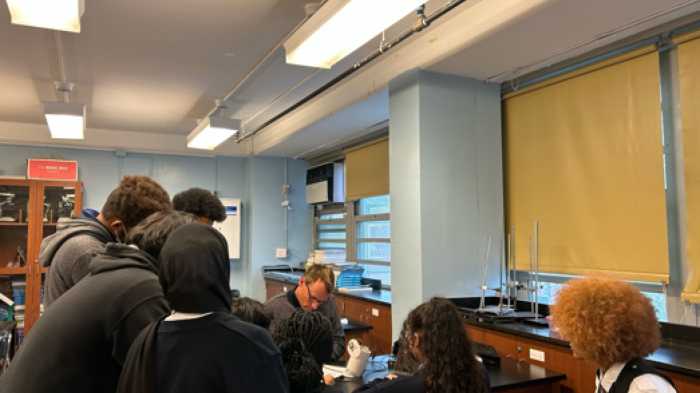Manhattan’s Meatpacking District will soon be meatless.
J.T. Jobbagy, Inc., one of the last meatpackers in the historic neighborhood, is moving out, company owner John Jobbagy, announced last month.
Jobbagy and six other tenants in the Gansevoort Market co-op on Little West 12th Street have agreed to end their leases early to make way for a new housing development on the NYC-owned property.
“It’s been a long time coming,” the career meatpacker said. “The transformations have been taking place for the last 20 years. We’re well aware there are far better uses for this property than an aging meat warehouse. I’m not really sad at all.”
Jobbagy’s family has been in the Meatpacking District for over 125 years. It started when his grandfather, a Hungarian immigrant from Budapest, began working for Swift and Co., a major meatpacking company in the early 1900s
In 1925, he opened his own meatpacking business in the district, eventually merging with a competitor in the area.
Jobbagy, who is now 68 years old, started working alongside his family at the company as a teenager before opening his own business in 1981.
“When I was 14 years old in 1970, I came down here to work, just part time,” he said. “I worked down here ever since.”
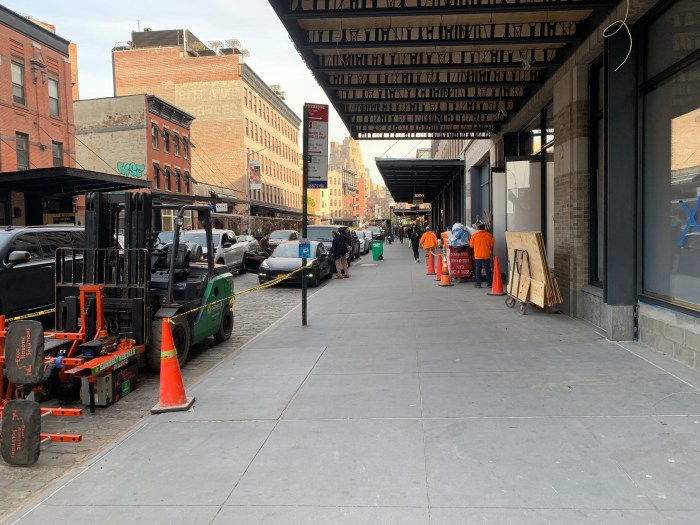
The Jobbagy family experienced the Meatpacking District at its prime. Hundreds of meatpackers thrived in the narrow West Side section of the borough well into the 1980s.
But around that time, the industry started to fade in Manhattan, mostly due to modern packing plants opening in the Midwest.
“They started to pack the meat in vacuum packs and boxes, and started to ship it to city supermarkets,” Jobbagy explained. “In the beginning, it was small. It didn’t take on. But over time, it picked up. These big packers with their own packing plants, little by little, started putting the local companies out of business.”
Though the meatpacking industry in NYC is all but gone, remnants of its past remain. The High Line, an elevated train line that once carried meat carcasses for processing, is now a public park. Most of the metal awnings that give the Meatpacking District its distinct look were never taken down, except today, they jut out from trendy boutiques and bistros instead of grimy packing plants.
Jobbagy said it is “time to go,” adding that they welcome the change.
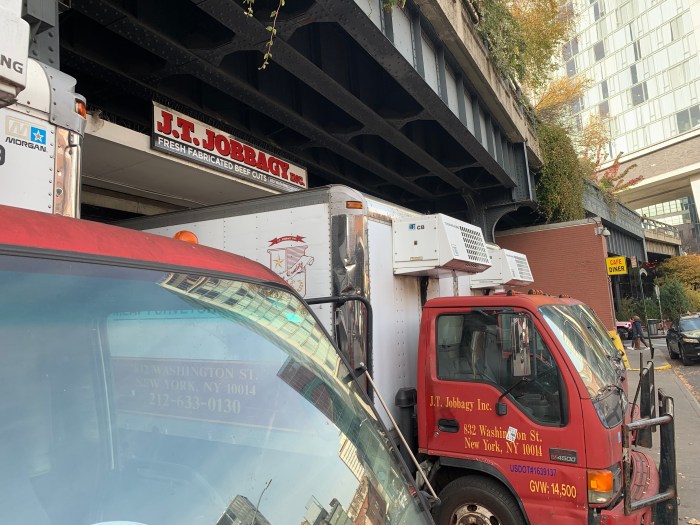
“It was a great opportunity for us to move on to better things, and it’s a great opportunity for the city to take this property and do something else with it,” the native Manhattanite said.
Jobbagy and a small handful of other tenants in the building agreed to leave the site in August in cooperation with the New York Economic Development Corporation (NYCEDC) and the City of New York to make way for the city’s new vision of a mixed-income housing development and cultural center.
“Things change and you have to accept reality,” he said. “We’re not sentimental. I worked 54 years down here. It was fascinating, thrilling. It was fun, and it was hard work. It really was great. I loved it. But at the same time, that whole part of it is gone. What it is now is just a little sliver left of what it used to be.”
An ‘incredible opportunity’ for NYC: NYC EDC
The mutual agreement will open up 66,000 square feet of space, which the city plans to use for the housing plan. It also provides an opportunity to expand two neighboring cultural attractions: the High Line and the Whitney Museum of American Art.
“This is an incredible opportunity to not only deliver needed housing for New Yorkers, but create a vibrant 24/7 live, work, play, and learn community right in the heart of one of New York’s most iconic neighborhoods,” Andrew Kimball, NYCEDC president and CEO, said. “
NYC Mayor Eric Adams supports the plan, too, and called it the “next big project” in the Big Apple.
“The potential we have here is endless, and we’re excited to take the next steps towards turning our vision into a reality,” he said.
Meanwhile, the tenants at the co-op do not have a strict date for leaving.
As for Jobbagy, he said he is gearing up for the Thanksgiving rush… and looking forward to the future.
“I don’t want to be making ground beef at 4:30 in the morning the rest of my life,” he said. “Maybe drinking pina coladas might be more fun.”



